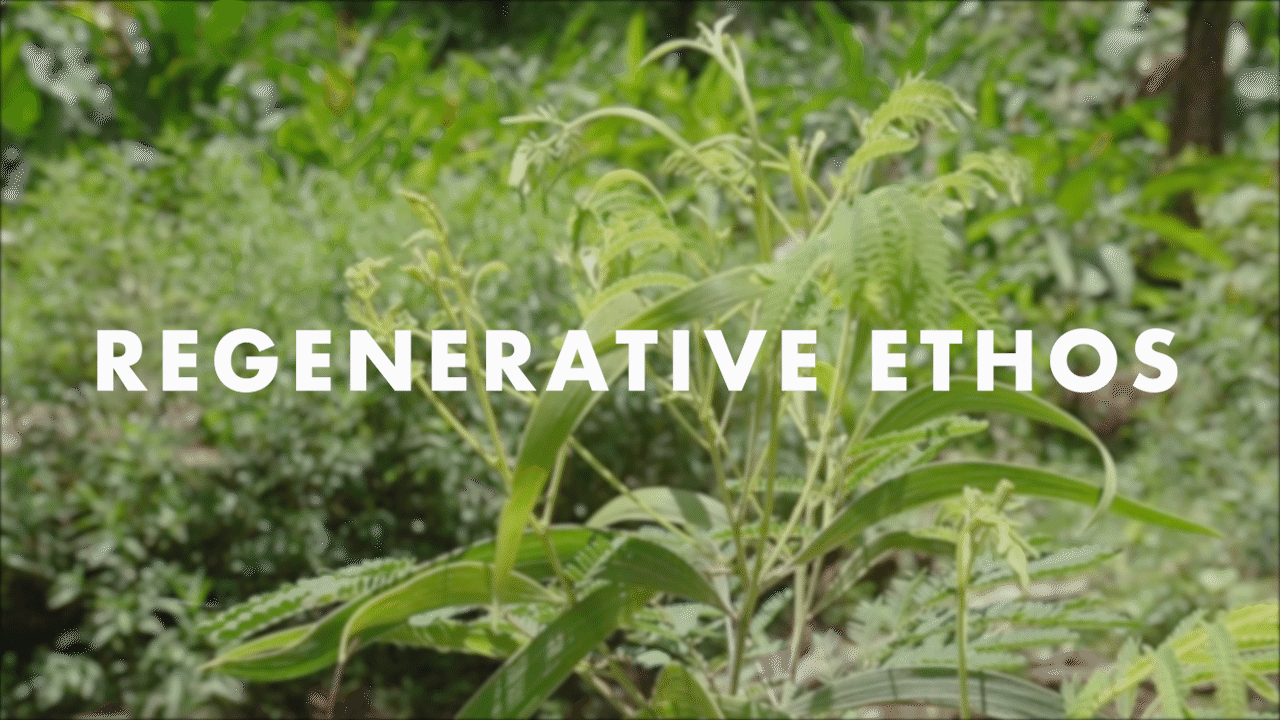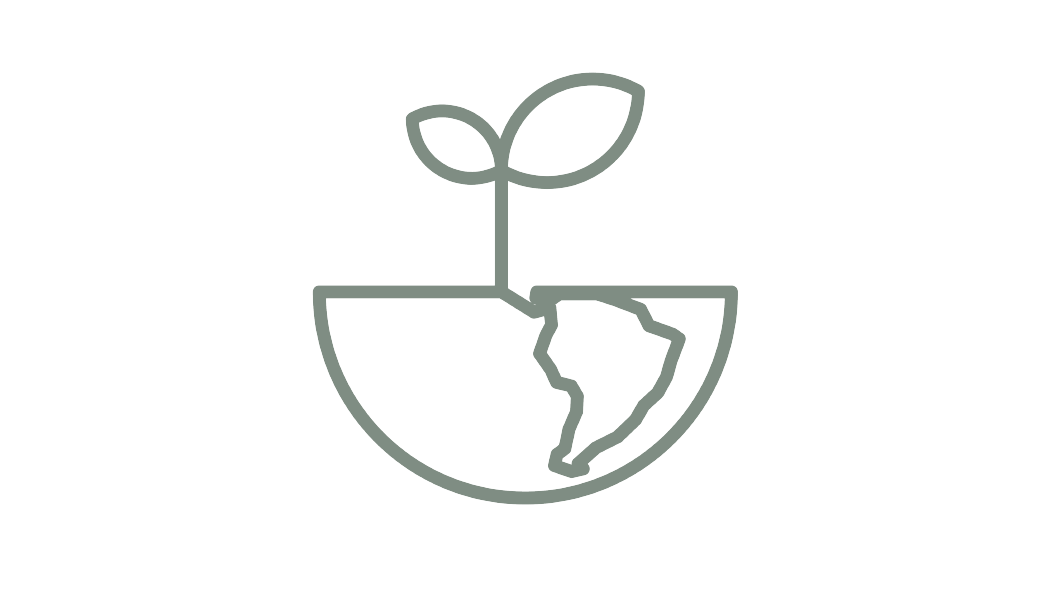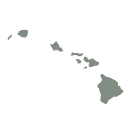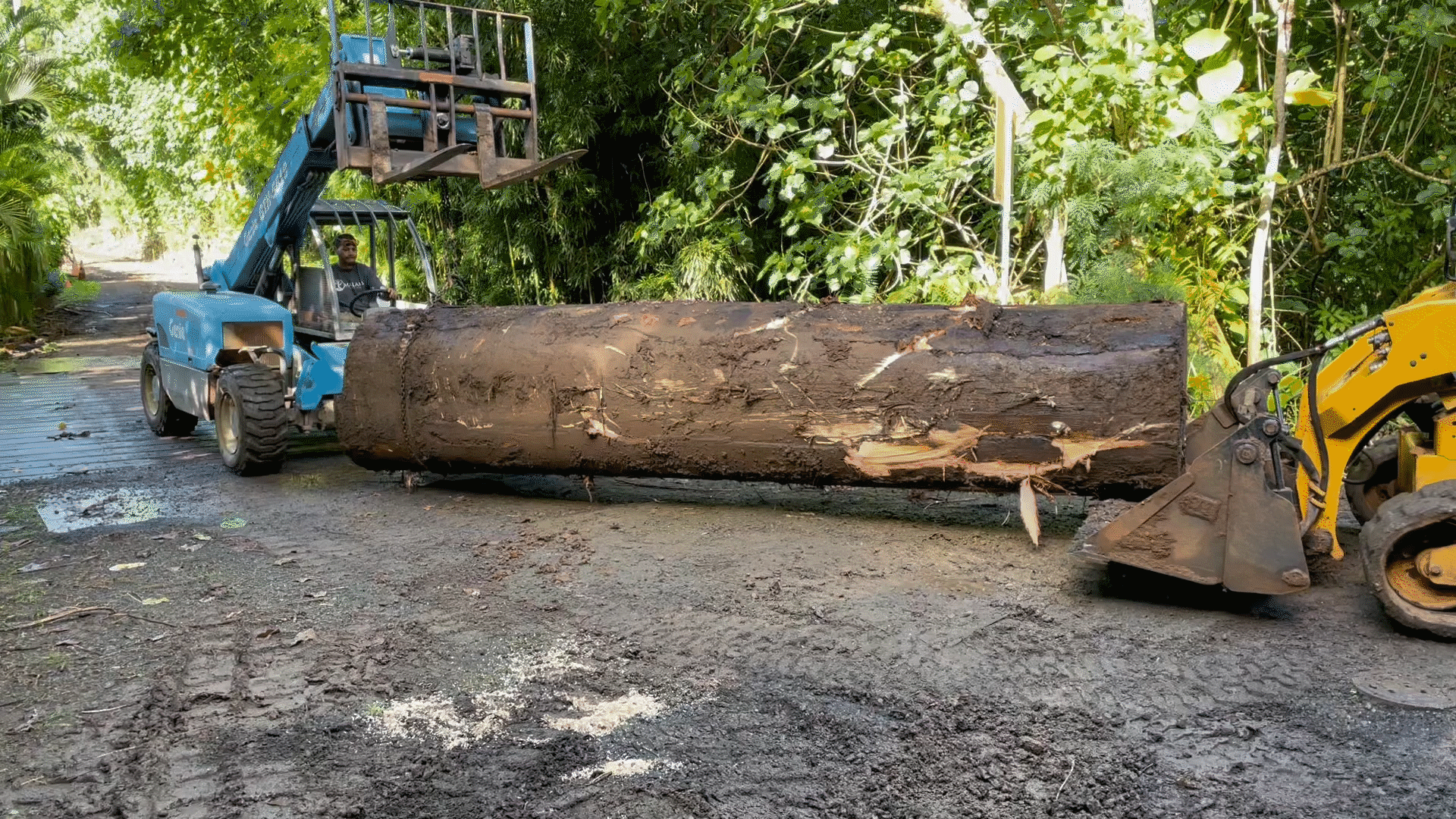What is a
Regenerative Supply chain?
A regenerative supply chain seeks to minimize the usage and waste of natural resources while restoring, replenishing and ultimately regenerating resources to create more value and a net benefit to people and the planet.
Albizia can serve as an abundant local resource
The use of albizia reduces waste in the community
Restores native ecosystems by replanting native species
Creates jobs & supports a regenerative economy
Reduces reliance on imported timber
Captures and stores carbon through sequestration
What We Stand For
The Albizia Project was founded to develop innovative uses of the prolific invasive albizia tree to support native ecosystem restoration across the Hawaiian Islands.
Our mission is to restore native ecosystems while supporting local communities and protecting our planet.
Albizia was introduced to Hawai‘i as a restoration effort after much of Hawaii’s forests were decimated by agriculture. Unanticipated by botanists who introduced this species, was how well albizia would grow in Hawaiian ecosystems.
Albizia has destroyed these ecosystems, choking out native plants from light, changing soil composition, and washing over Hawaiian mountain ranges. Today around 5% of Hawaii’s landmass is dominated by invasive albizia and in these areas albizia supports other native species, further exacerbating the struggle of Native Hawaiian species.
Albizia poses a threat to our infrastructure.
Due to its fast growth rate, around 15 feet per year, albizia is prone to sudden limb sheer:
a phenomenon where branches of albizia trees will suddenly fail and collapse without any obvious cause.
In residential areas or roadways sudden limb sheer can be deadly. Prevention, usually in the form of albizia removal, is costly.
Ecological Impacts of albizia
Capable of altering an entire ecosystem by increasing soil nitrogen levels
Fallen trees and limbs can cause damage infrastructure and property
Quickly outcompetes and shades out native Hawaiian forest plants
Large trees are costly to remove
Prior to 2017 invasive albizia was being removed but not utilized.
We saw an opportunity to capture this waste stream and turn it into a valuable resource, thus Albizia Project was formed.
LIKA, the first structure made from captured albizia created by Albizia Project, was an expression of creative awareness around the importance of materials we use.
Capturing invasive albizia was just the first step.
When we capture albizia from local arborists the albizia is then transferred to a local sawmill where it is then milled into lumber. This process supports local jobs and reduces Hawaii’s reliance on imported timber.
Every step of the way our work supports green jobs which in turn supports our local community; from arborists to sawyers to designers and wood workers.
When possible our team will work with Native Hawaiian stewards to restore native ecosystems where invasive albizia was removed, returning native plants to the soil where they once grew. Our first restoration project took place at Waiakeakua Stream in 2021, with the help of volunteers we planted 190 Koa, Kuki, Lo‘ulu, Ulu, and ‘Ōhiʻia ʻAi. Our team will continue to monitor this restoration site using innovative technology to track the growth and progress of the native species planted.
The more albizia we use, the more capacity we have to restore native ecosystems.
Proceeds from each product goes toward our efforts to remove albizia and improve forest ecosystem health in Hawai‘i.
You can help support our work and mission through purchasing any of our products and certified regenerative lumber.


















